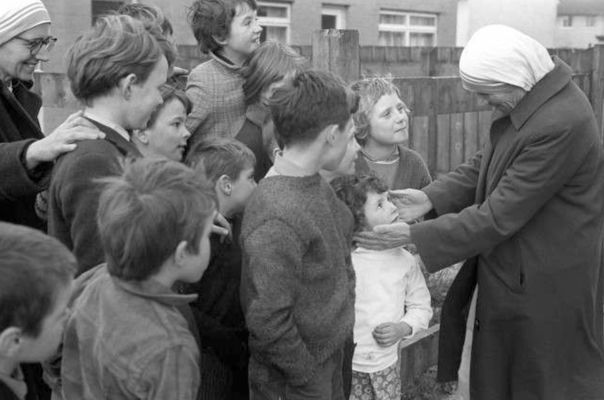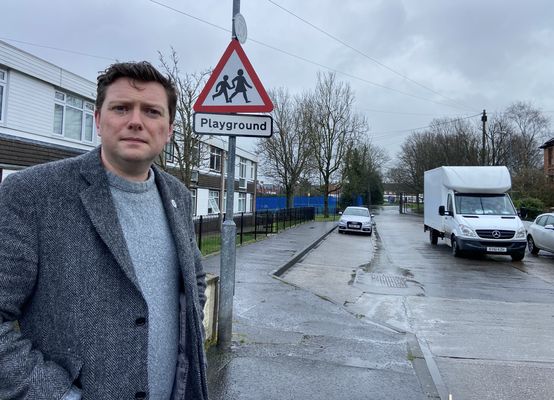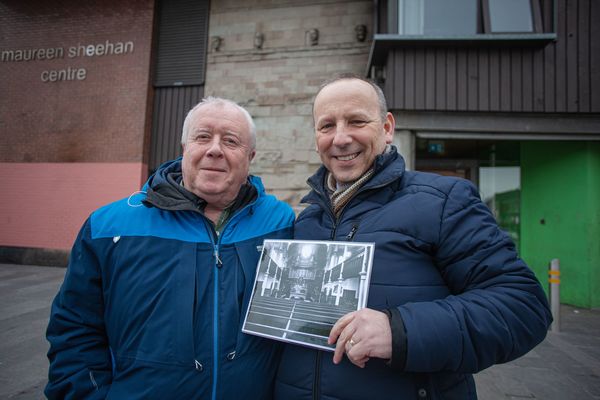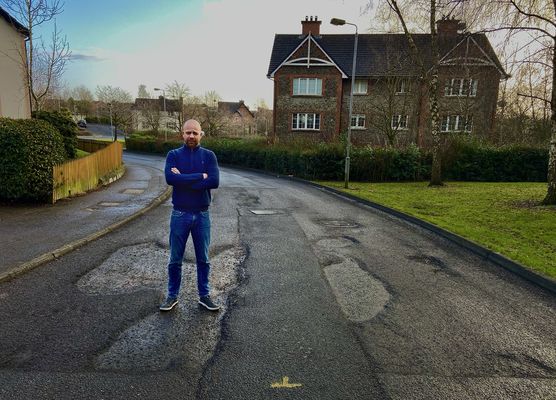
Over The Wire: Nun fired by Canon
THE Andersonstown News was born as a voice for the voiceless in November 1972. A community response to the suffocating repression of civil rights, brought to a head by internment without trial, this paper challenged the official propaganda peddled by the mainstream media and breached the wall of silence built around state abuse and injustice of the men and women 'behind the wire'. This year, as we mark 50 years of speaking truth to power, we continue to provide a voice for the community champions who have been drum majors for justice for two generation and counting. And we are doing so in these changing times with changing modes of communication - switching print for podcast. We hope you enjoy our new 'Over The Wire' podcast by our reporter James McCarthy featuring some of the unsung heroes of this past half-century. In our first episode, we were joined by Ciaran Cahill from Springhill Community House, an organisation which is also celebrating its golden anniversary this year, to discuss one of our most memorable headlines from the early days – Nuns fired by Canon. This story looked at how Mother Teresa and the Sisters of Charity were forced to leave the area by Canon Murphy and through this podcast episode, Ciaran reflected on how they came to live in the area, their dismissal and the legacy that Mother Teresa and her nuns have left behind. “It was all done Father Des [Wilson],” he said. “He was doing a lot of work, you know, speaking to different faiths, and he had a Methodist minister who was based in London, Roger Grieves, and he met Mother Teresa when he was in London. “Mother Teresa had said to him that she wanted to set up a house here in Belfast, possibly along an interface or a peace line, obviously, we were going through a very difficult time with conflict. So he spoke to Des as about that. “Des feared, really, that setting up a house with Mother Teresa, on the peace line would give the wrong idea that it was a conflict between Catholic and Protestants rather than, both bad government and inequality. “So he said, really the thing to do is the invite her to Ballymurphy, and for her to decide herself. So that invitation went out and she came to Ballymurphy on the second of October 1971. “Father Des said mass at 10:30 the next morning in Corpus Christi Parish, and he announced that Mother Teresa was there. She received a standing ovation, which would have been unusual in 1971. “As soon as mass was over, really, the congregation, the community here in Springhill and Ballymurphy just embraced her. And Des said that she just disappeared for a period of time.” Ciaran said that the people of Ballymurphy took Mother Teresa into their homes, and then eventually, she came back out and she decided that she wanted to set up a house in the area and she sought the proper permission. “She went to the bishop, Bishop Philbin at the time, and he gave her his blessing that she could do that within the community,” Ciaran continued. “So the house there 119 Springhill Avenue became the Missionaries of Charity house and convent. “They operated out of that for the for the time that they were here. During that whole period really it was about sort of building morale within the community. Internment had just happened. 11 People had been killed in the Ballymurphy massacre, including the parish priest here. “So people were feeling that and they were just delighted that somebody with the standing of Mother Teresa, now Saint Teresa came to set up her convent here and work with the people. “She set up classes and cookery, crochet, music classes, crafts, and after a period of time they actually set up a wee craft shop. So they were selling the stuff they were making from the shop as well as going around the community and visiting families.” Recounting personal memory of Mother Teresa, Ciaran added: “She called to my home, my father had been arrested during internment, my mum was left at home with the children. She had just had her baby girl, the only girl of the family in December 1971.
















